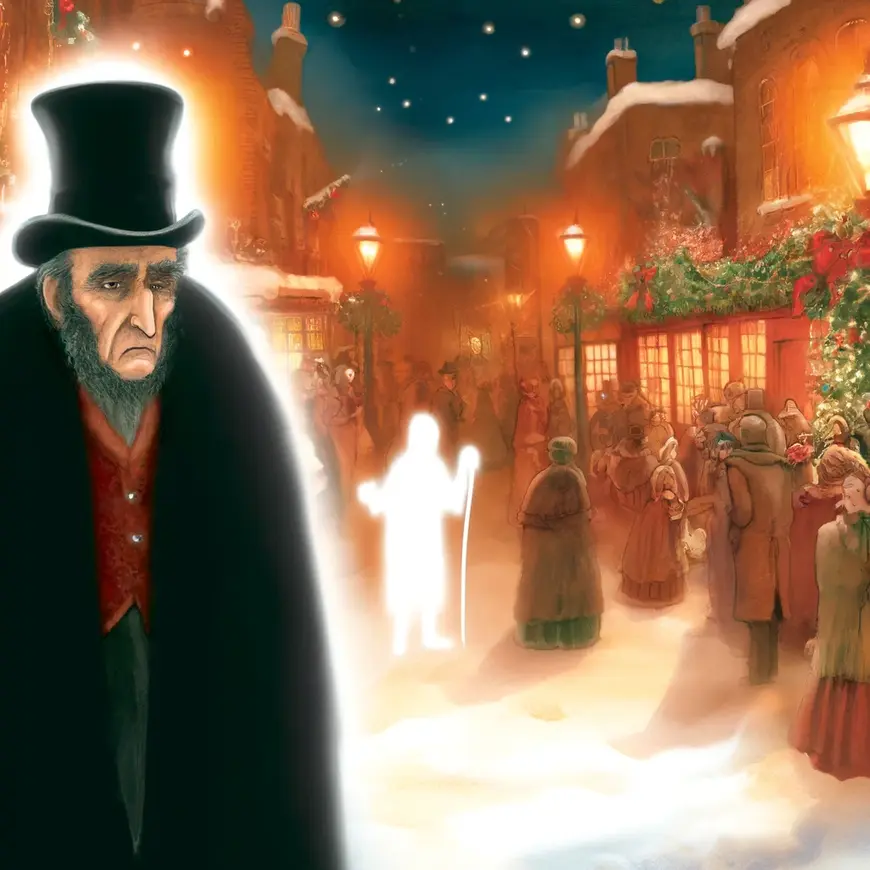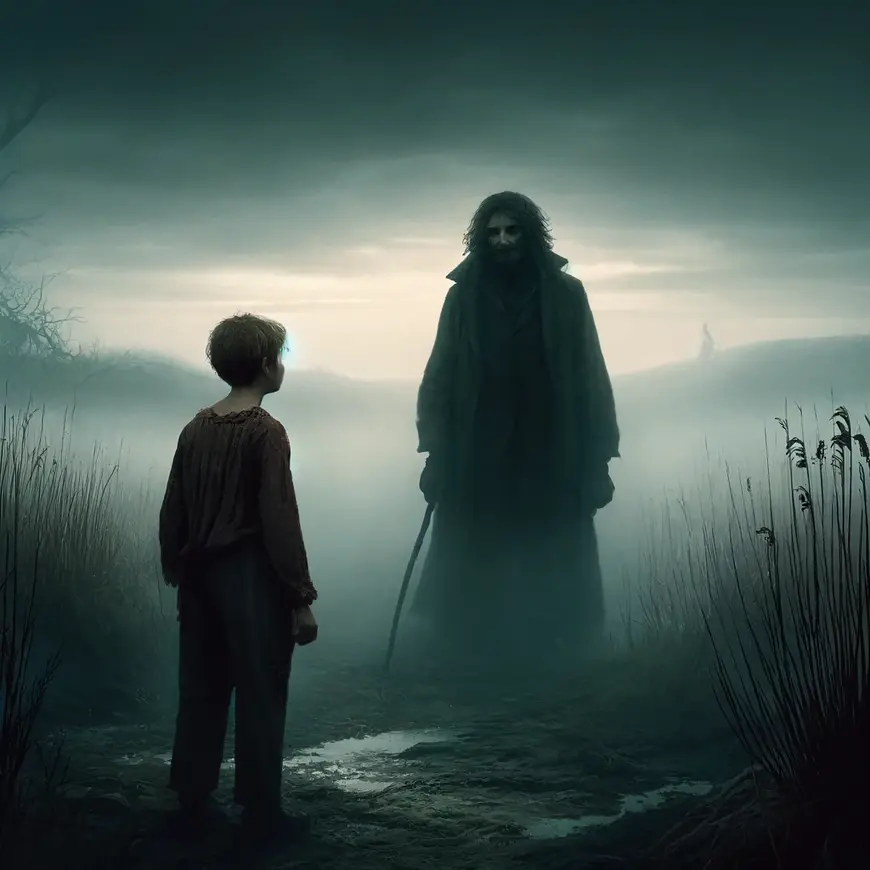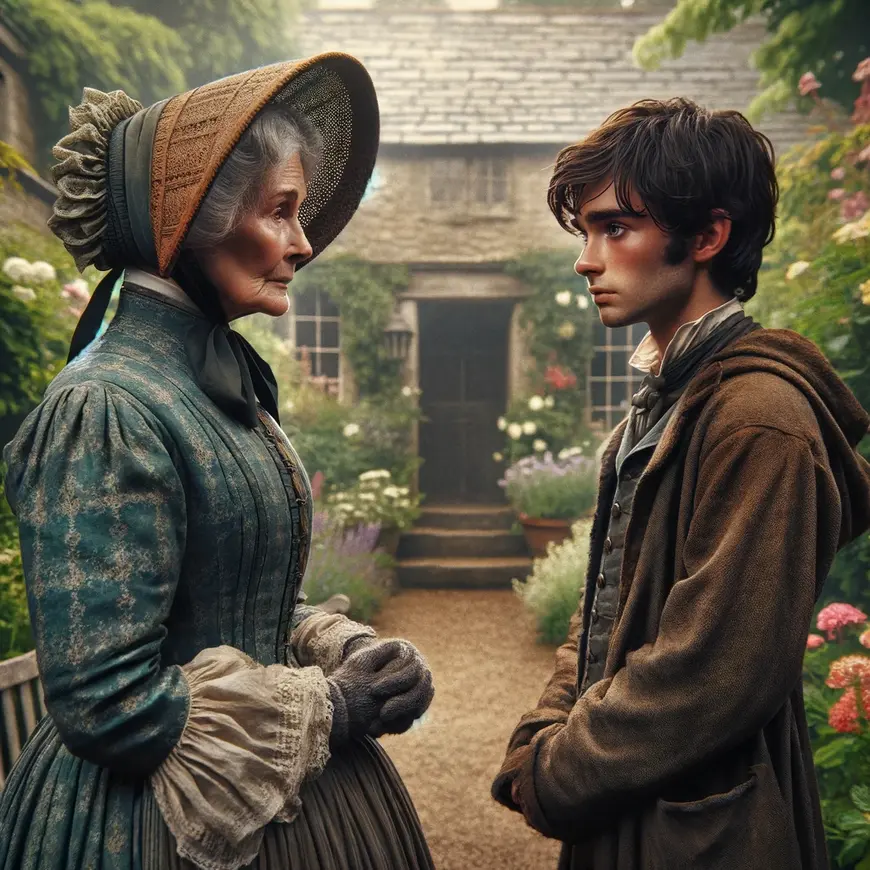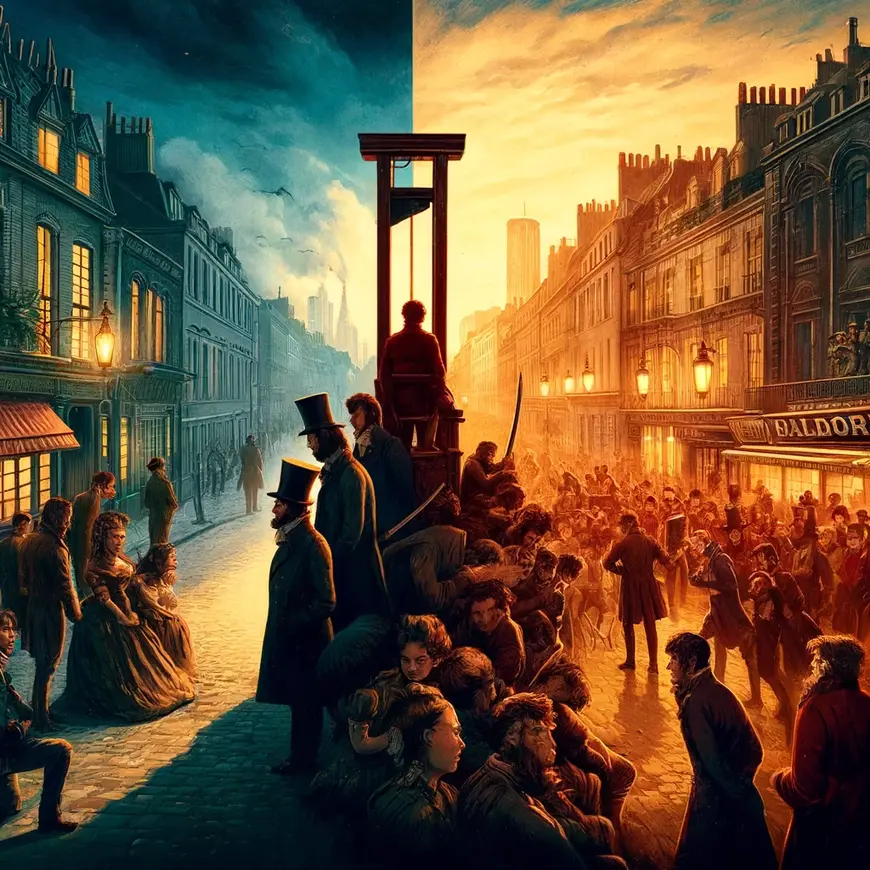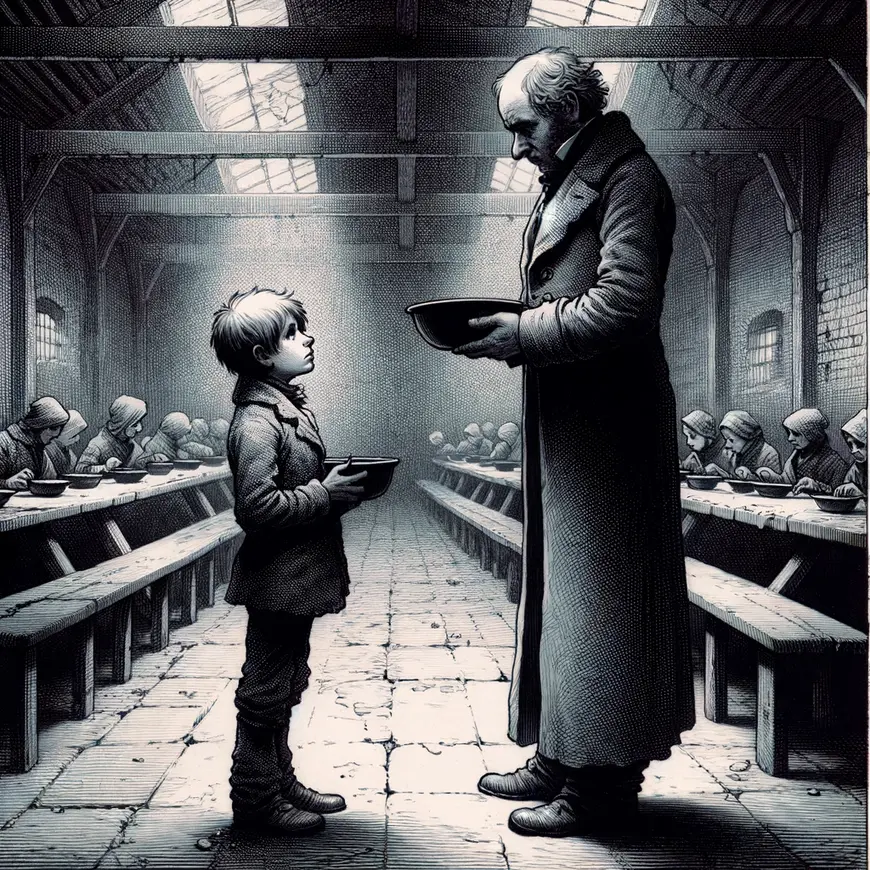Nicholas Nickleby by Charles Dickens – A Heartwarming Journey
My Thoughts on Nicholas Nickleby
I found the book by Charles Dickens to be an emotional read. Right from the start I was immersed in Nicholass world as he dealt with challenges following his fathers passing. The authors vibrant storytelling truly brought the characters and their hardships to life fostering an connection within me.
As I accompanied the protagonist on his adventures I greatly admired his bravery and compassion. Despite facing obstacles at Dotheboys Hall and in his interactions, with his harsh uncle Ralph he consistently stood up for justice. The novels blend of wit and intensity kept me engrossed.
By the conclusion witnessing Nicholas discover joy and triumph was truly gratifying. The novel conveyed a tale of resilience. Advocating for others welfare. It left me feeling motivated and highlighted the enduring strength of kindness in times.
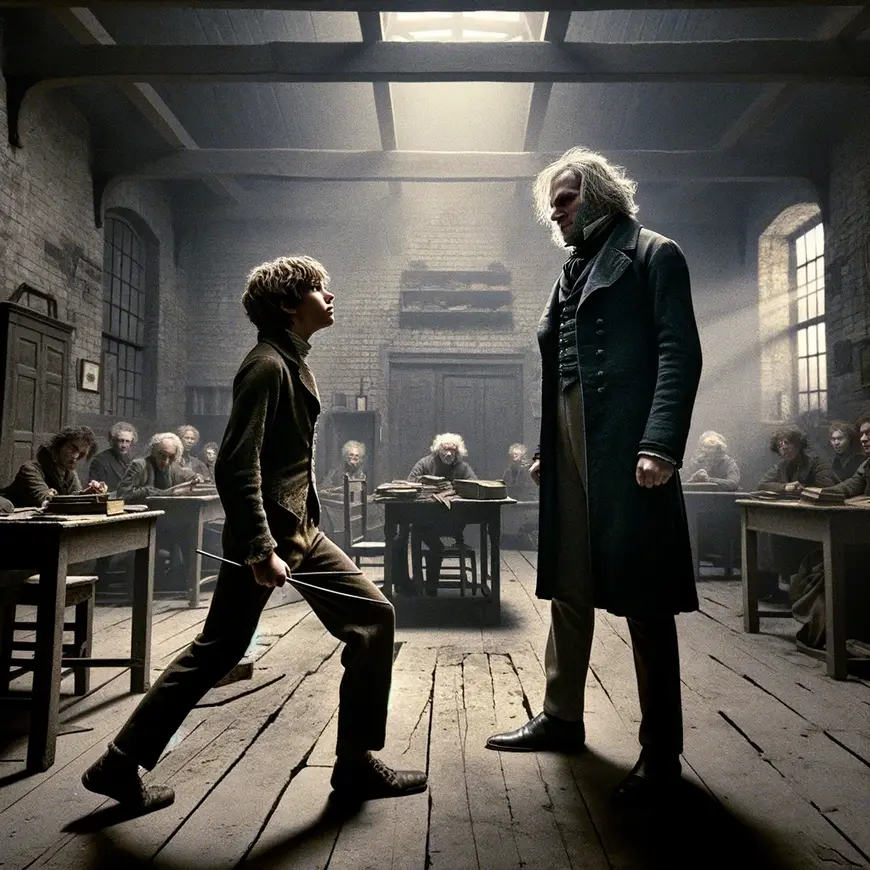
In the realm of classic literature, where tales of humanity’s joys and sorrows take center stage, Nicholas Nickleby by Charles Dickens stands as a timeless masterpiece that captures the essence of Victorian England’s vibrant tapestry. This enchanting novel weaves together a colorful cast of characters, heartwarming moments, and scathing social commentary, inviting readers to embark on a journey that’s as delightful as it is thought-provoking.
As the curtain rises on Nicholas Nickleby” readers get in touch with the titular character, a young and earnest man who becomes the linchpin of the novel’s unfolding drama. Orphaned and facing a world of uncertainties, Nicholas sets out to support his mother and sister, setting the stage for a journey filled with both trials and triumphs.
Nicholas Nickleby – A Panorama of Characters
One of his unparalleled gifts lies in his ability to populate his novels with a kaleidoscope of characters, each as memorable and distinct as a brushstroke on an artist’s canvas. The wicked machinations of Uncle Ralph Nickleby contrast starkly with the kind-heartedness of the Cheeryble brothers. Characters like the absurdly pompous Mr. Mantalini and the virtuous Smike, Nicholas’s loyal friend, add layers to the narrative, infusing it with a sense of both gravity and mirth.
Beneath the surface of the story lies a tapestry of themes of the Victorian era and contemporary times. His keen social commentary shines through. As he exposes the harsh realities of industrialization, the plight of the poor and vulnerable. And the unforgiving nature of a society driven by greed.
The novel delves into the transformative power of kindness and compassion. The benevolent actions of the Cheeryble brothers and the resolute determination of Nicholas to protect and uplift those around him stand as beacons of hope amidst the darkness that pervades the story.
His prose dances across the pages of Nicholas Nickleby like a symphony of words. His ability to craft evocative descriptions brings Victorian London to life in all its bustling glory. The author’s wit and humor add a layer of charm to the narrative. Whether he’s lampooning societal absurdities or crafting witty dialogues. Dickens’s language is a testament to his mastery of both storytelling and social critique.
A Journey of Redemption
At the heart of this story lies a narrative of redemption and growth. The eponymous protagonist evolves from a naive and impulsive young man into a figure of resilience and moral strength. His journey is one of self-discovery, marked by his determination to protect his family, confront adversity, and ultimately seek justice.
The novel’s exploration of the redemptive power of forgiveness is exemplified by the character of Smike. His arc is a testament to the human capacity for transformation, echoing themes that resonate across time and cultures.

Famous Quotes from Nicholas Nickleby by Charles Dickens
- “There are only two styles of portrait painting; the serious and the smirk.” This quote from the author humorously comments on the lack of variety in the portraiture of his time, suggesting that artists often fall into one of two categories: depicting their subjects with a grave seriousness or with a contrived smile. This reflects Dickens’ broader critique of superficial appearances versus deeper realities.
- “The pain of parting is nothing to the joy of meeting again.” This poignant line expresses a universal truth about human relationships, emphasizing the sweetness of reunions that follow painful separations. It reflects the emotional journeys of many characters in Dickens’ works who endure hardships and separations, only to find greater joy in their eventual reunions.
- “It is not an easy thing to be happy.” Here, the novelist touches on the complexity of happiness. This statement, simple yet profound, echoes through his characters’ experiences. As they navigate the trials of poverty, injustice, and human cruelty, suggesting that true happiness often requires overcoming significant obstacles.
- “Cheerfulness and contentment are great beautifiers and are famous preservers of youthful looks.” The writer often infused his work with observations about human nature and behavior. This quote suggests that a positive attitude can have beneficial effects. Not just on one’s mental health but also on one’s physical appearance, promoting a youthful and energetic demeanor.
- “There is a world of difference between the grateful man who gives the little he has cheerfully, and the rich man who gives nothing away that he can keep.” This quote reflects his critique of the social and economic disparities of his time. It contrasts the generosity of the impoverished. Who give despite their own needs, with the stinginess, who often hold onto their surplus.
Trivia Facts about Nicholas Nickleby
- Serialized Publication: Like many of his novels, Nicholas Nickleby was first published in a serialized format before being released as a complete book. This method of publishing was popular in the Victorian era and helped him reach a broad audience.
- Inspiration from Real Life: The cruel character of Wackford Squeers, who runs the abusive Dotheboys Hall school, was inspired by a real school in Yorkshire, England. The author visited the school and used his observations as a basis for the depiction of the harsh conditions faced by the children under Squeers’ care.
- Social Impact: The novel had a significant impact on the English education system. The exposure of the conditions in Yorkshire schools led to public outrage. And eventually to reform in the educational practices for boarding schools.
- Theatrical Adaptations: Nicholas Nickleby was adapted into a successful stage play. By David Edgar for the Royal Shakespeare Company in 1980.
- Major Themes: The novel addresses several major themes. Including the abuse of power, social injustice, and the importance of family and moral integrity. Through the trials and tribulations of Nicholas and his family, Dickens explores the capacity for kindness and cruelty in human nature.
- Film and TV Adaptations: The 2002 film version directed by Douglas McGrath is one of the more recent adaptations.
- Literary Style: The novel is notable for its mixture of drama, comedy, and satire. He uses these elements to critique social norms and to entertain his readers, making serious commentary accessible and engaging.
Climax – A Dickensian Adventures
As Nicholas Nickleby approaches its climactic moments, he skillfully weaves together the narrative threads he has meticulously crafted. The conflicts, mysteries, and moral quandaries come to a head, propelling the story towards a resolution that’s as satisfying as it is emotionally resonant. The author’s knack for storytelling shines as he brings the various plotlines to their conclusion.
Nicholas Nickleby by Charles Dickens is a literary treasure that stands the test of time. Its tapestry of characters, themes, and Dickensian charm continues to captivate readers of all generations. With its blend of social critique, heartfelt emotion, and vivid prose, the novel offers an enchanting window into Victorian England while also addressing universal themes that remain relevant to this day.
